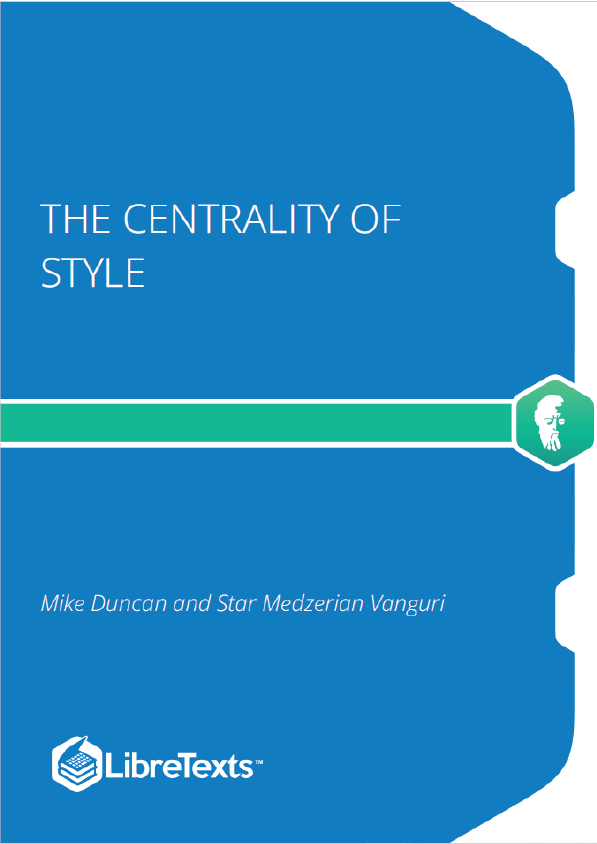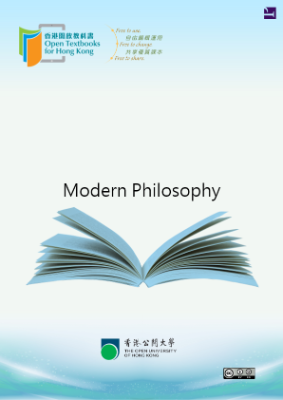In the classical era, Aristotle’s Rhetoric places style in Book III, almost as an addendum, despite the Rhetoric’s recognition of the centrality and power of metaphor to the persuasive enterprise. Cicero realized the inexorable link between form and content, particularly in his Orator to Brutus, but in the later Roman empire, his idea of style was simplified into imperial ornamentation, having had already settled into one of the five rhetorical canons. Style remained an auxiliary to rhetoric and persuasion for over a millennium, save occasional questionable revivals, such as the Ciceronian movement in the Renaissance that stressed only using the Latin words present in Cicero’s work to achieve an imitative mastery of his style, and the later Ramist reduction of style to tropes and figures only.
In the last hundred years, however, the nuances of lexis have enjoyed a different sort of theoretical attention. In particular, studies on sentence structure, paragraph structure, diction, rhythm, tone, genre, visual rhetoric, and document design have grown exponentially in the last fifty years, paralleling the increased specialization of the academy and theoretical study of instruction in rhetoric and composition. These studies, in total, have greatly expanded our understanding of how language works rhetorically and demonstrated the value of attention to stylistic matters.
Style now stands at an interesting crossroads. Considerable work has been done recently to establish style’s significance within composition, with the recent authoritative 2010 Bedford St. Martin’s collection Style in Rhetoric in Composition, edited by Paul Butler, placing it in a long theoretical tradition that offers a stylistic way of understanding compositional pedagogy, parallel and complimentary to other histories. It is only on this formidable bulwark that this collection can stand.
As such, the editors of this volume feel that it is no longer necessary to argue for style. That has been done, and done convincingly and well, by T. R. Johnson, Richard Lanham, Butler, Joseph Williams, and many others. The question, then, is what to do next, now that a growing number of composition scholars and teachers recognize style’s relevance and usefulness to composition. The answer to that question is presented in this collection: to imagine style as central to the act of composition and to the discipline of composition studies and consider what that might involve when enacted.
To explain that claim a bit further, we should reveal its origination. The germinal idea for this collection began shortly after a large workshop on style on the first day of the March 2010 Conference on College Composition and Communication in Louisville, KY. Many of the participants—some of which are represented in this volume—spoke of a need to keep building attention to style in composition studies, and further opined that style was so central to composition that the terms were almost synonymous. It seemed odd to us, the editors of this volume, to be content with style as a specialty subject within the conference if we truly held that style was central to composition studies. As such, we felt that it would be prudent to build a book-length collection that represented this viewpoint far better than one or two authors could.











